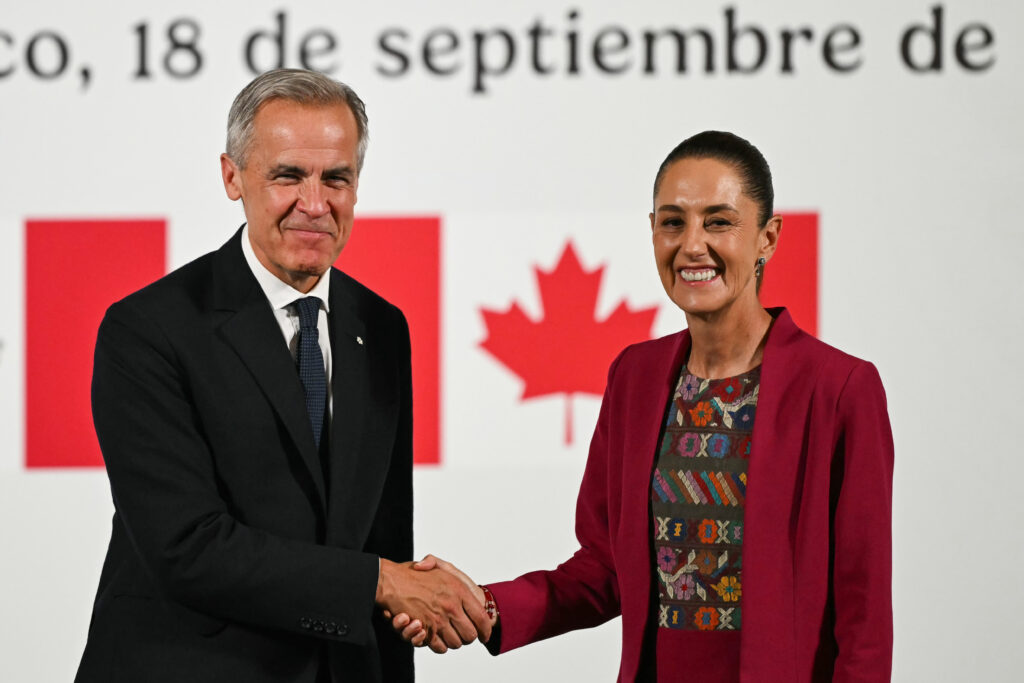Bills sink floundering Dolphins to remain unbeaten
Buffalo quarterback Josh Allen threw for three touchdowns and the Bills extended their dominance of the Miami Dolphins with a 31-21 victory on Thursday to remain unbeaten in the young NFL season.Reigning NFL Most Valuable Player Allen threw for 213 yards and three touchdowns and linebacker Terrel Bernard picked off Miami quarterback Tua Tagovailoa with three minutes remaining to help seal a game in which the Dolphins had kept it close.”I thought their offense did a good job of sustaining drives and really limiting our opportunities,” Allen said. “I thought we had opportunities on the offensive side and we didn’t take advantage of some of them, but at the end of the day we got the win.”Buffalo running back James Cook rushed for 108 yards, including a two-yard touchdown as the Bills notched a seventh straight victory over their AFC East division rivals Miami.Tagovailoa had hit Tyreek Hill with a five-yard touchdown pass early in the fourth quarter to knot the score at 21-21.It looked like the Bills would come up empty on their first chance to respond.But Miami’s Zach Sieler was called for roughing the punter and the penalty kept alive a Bills drive that ended with Khalil Shakir’s 15-yard touchdown that pushed the Bills to a 28-21 lead with 7:17 remaining.The Dolphins were within scoring range when Bernard stepped across to grab a pass Tagovailova intended for Jaylen Wade.”I thought I was in rhythm, in timing of the play,” Tagovailoa said, adding: “think that was a really good play by the defender.”Matt Prater added the final dagger with a 48-yard field goal on Buffalo’s next possession.”That was a heck of a game, high-level competition,” Bills coach Sean McDermott said.”The Dolphins played a real good game and our guys made a couple more plays and I thought the grit, the mental toughness of our football team was on display throughout the game, in particular in the fourth quarter there.”The Bills improved to 3-0 while Miami were left in search of a first win of the season.Tagovailoa connected on 23 of 34 passes for 146 yards and two touchdowns.Ollie Gordon had put the Dolphins up 7-0 with a two-yard TD run in the first quarter. But Miami’s late miscues will keep the pressure on Dolphins coach Mike McDaniel, despite a livelier performance from his team than they showed in their previous two defeats.”We knew we had to not turn the ball over and we had to play good football and make some plays,” McDaniel said.”We had a turnover in a critical situation, we had a critical penalty on a punt and those types of things, that’s how these types of games are decided,” he added.




